We caught up with Graveyard bassist Truls Mörck outside a church in Norway (because why not?) at last year’s Høstsabbat festival, and here is the result. We’re currently getting ready for this year’s Desertfest London where they’ll be headlining Electric Ballroom on the Friday. Will we see you there? Tickets here.
We caught up with Orange ambassador Ross Dolan of Electric Citizen to find out more about the band, his early influences as a guitarist and his love for Orange.
Guitar amplifiers are an essential component of any guitarist’s setup. They help shape the tone and provide the necessary volume to make your guitar sound great. However, with so many options available in the market, choosing the right amplifier can be a daunting task. In this blog post, we will guide you through the important factors you should consider when choosing to purchase a guitar amplifier.
Type of Amplifier
The first thing you need to consider when buying a guitar amplifier is the type of amplifier you want. There are two main types of guitar amplifiers: tube amps and solid-state amps. Tube amps use vacuum tubes to amplify the guitar’s signal, producing a warm and natural tone. Solid-state amps, on the other hand, use transistors to amplify the signal, producing a more crisp and clean sound. Each type of amp has its own unique tone, and the one you choose will depend on your personal preferences and the genre of music you play.
Wattage
The wattage of an amplifier determines how loud it can get. A higher wattage amplifier will produce more volume than a lower wattage amp. However, it’s important to note that higher wattage amps are not always necessary. If you’re just playing at home or in a small venue, a lower wattage amp will do just fine. On the other hand, if you’re playing in a large venue or with a loud band, you’ll need a higher wattage amp to cut through the mix. Solid-state amps tend to have a uniform sound/tone quality throughout their volume range. A tube amp however will change tonal characteristics as the volume is increased and the output tubes driven harder. It is often said that tube amps have a sweet-spot. Therefore, choosing too much wattage will mean you can’t turn up loud enough to achieve the sweet-spot in small venues or during home use and too little power means you will be constantly overshooting this point in an attempt to hear yourself in large or loud settings.
Features
Amplifiers come with a variety of features that can affect your playing experience. Some amplifiers come with built-in effects such as reverb, delay, and distortion, while others are more straightforward and focus solely on amplification. If you’re a beginner, a simpler amplifier may be more suitable for you, while more experienced players may want an amp with more features.
Portability
If you’re going to be gigging or traveling with your amplifier, portability is an important factor to consider. A smaller, lightweight amplifier may be easier to transport, while a larger, heavier amplifier may provide better sound quality. If you’re not planning on moving your amplifier around, then this factor may not be as important to you.
Price
Finally, you should consider the price of the amplifier. Amplifiers can range from a few hundred dollars to several thousand dollars. While it’s important to choose an amplifier that fits your budget, it’s also important to remember that you get what you pay for. Cheaper amplifiers may not have the same sound quality or durability as more expensive amplifiers. A tube amp will require additional maintance over a solid-state amplifier – at some point or another there is likely to be a time when the tubes need replacing. Like car tyres, the more aggressively they are used the quicker they will wear. Sometimes they fail prematurely like a tyre puncture.
In conclusion, choosing the right guitar amplifier can be a difficult task, but by considering the type of amplifier, wattage, features, portability, and price, you’ll be able to make an informed decision. At Orange Amps, we offer a wide variety of amplifiers to suit all types of players, so be sure to check out our selection and find the amplifier that’s right for you.
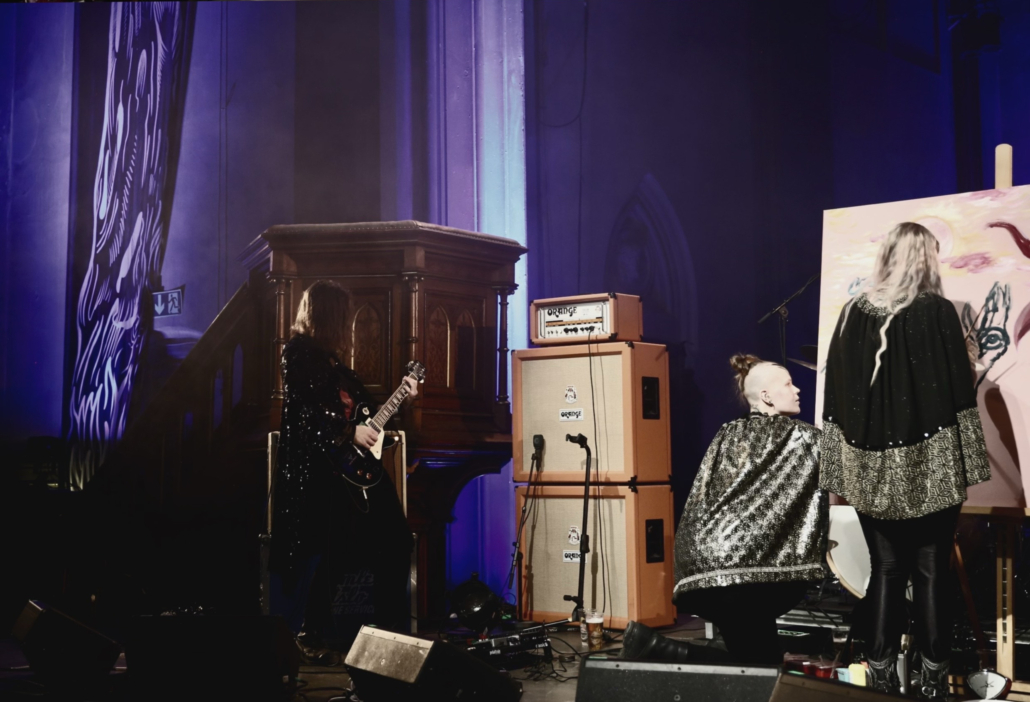
Name: Trine Grimm
Profession and place of work: Tattoo artist at Lucky 7 in Oslo, and artist
How old were you when you started tattooing?
I had just turned 19 when I moved to Oslo to start tattooing, but the interest for the art came way earlier than that.
Being a successful female in a very male dominated industry, have you ever faced any challenges, experienced harassment or had any other issues based on gender?
This is a hard topic to get into, but as every other male dominant occupation, there will be a struggle being a woman. I was very young when I came in to the scene, and you often had to prove yourself just because of that. I was called names all the time by coworkers, my bosses and even customers. I think the hardest part was trusting people you looked up to. I was always afraid of speaking up, because it was a very small scene back then. It has definitely changed for the past 15 years, and it is nice to see all the talented women coming into the scene and absolutely killing it in the game now. That being said, even to this day there are customers asking me if the boss is around or how long I have been tattooing. I am pretty sure they would never ask a 33 year old man the same question. I was never really a girly girl either, don’t take me wrong, I love dressing up and all that, but my main interests were metal music, snowboarding and skateboarding. I hung out with the guys and were a part of the scene, but I guess they had a hard time treating me as an equal. I don’t know how many times I’ve been called a groupie, something that still happens today just because I am around the music scene.
Besides tattooing you’ve also done gig posters, artwork, DJing etc – what kind of music are you into?
Tattooing takes up most of my time, simply because I love it. Except for snowboarding, it has been the only constant thing in my life for so long, and even if I have tried to tattoo less to do other projects, I keep coming back to it full time. I also take on small projects for bands, mostly gig posters, shirt designs and festival posters, it is time consuming, but absolutely something I wanna do more of because music is so close to my heart. Nothing beats seeing your artwork on a band you really love listening to. I grew up with classical music from my grandmother who was a pianist. My mother got me into rock like Led Zeppelin and Jimi Hendrix, but as a kid from the west coast of Norway, it didn’t take long before me and my best friend got into the black metal scene. My music taste is all over the place now, ranging from jazz to extreme metal, but heavy riffs are a main topic in my play list. DJing is fun, but it has to be for a special event. Playing music in a bar is just to get people to buy a beer is really not my thing anymore. Would rather listen to my vinyls at home. Haha… But it’s fun, and I will probably change my mind one day and do it all over again.
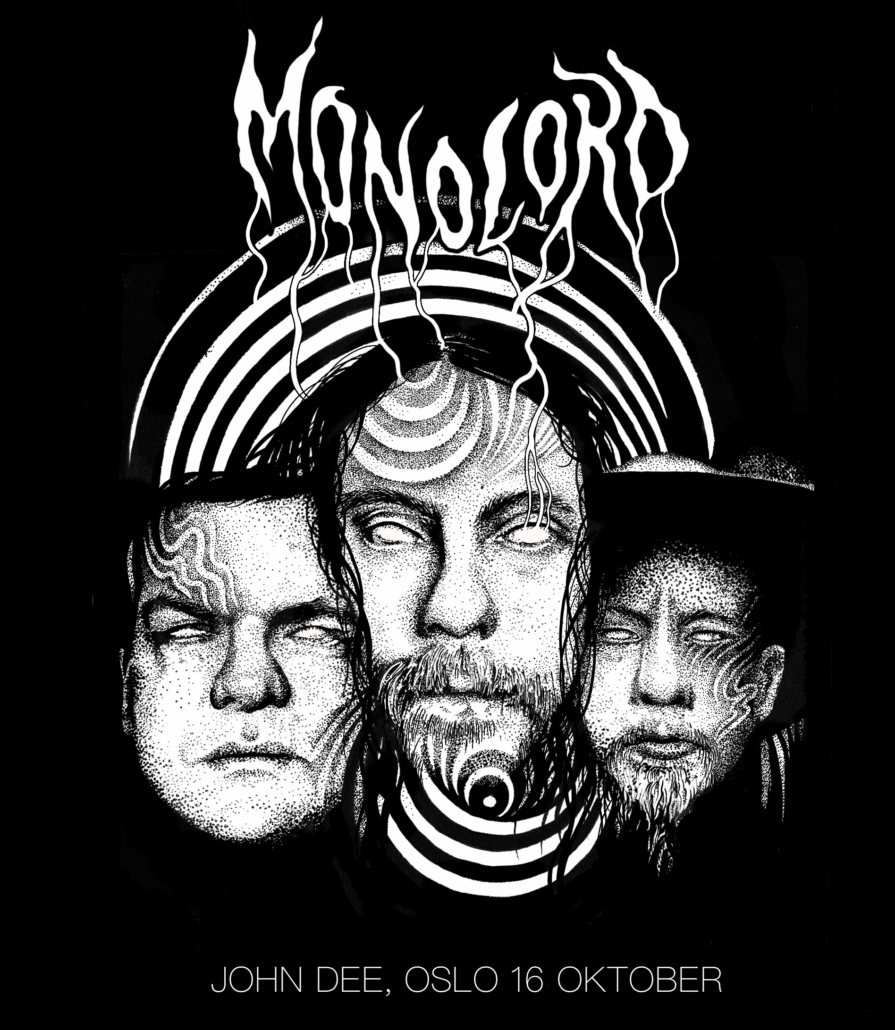
Would you say your taste in music inspires your art?
Music is my main inspiration to my art, I think art and music goes hand in hand. I love listening to music and just draw for hours. I also listen to music all day while tattooing. My head is way too busy without it. It is some form of meditation I guess. Most of my astronaut paintings was made when Sleep came out with The Sciences in 2018, I guess the theme fits. Haha…
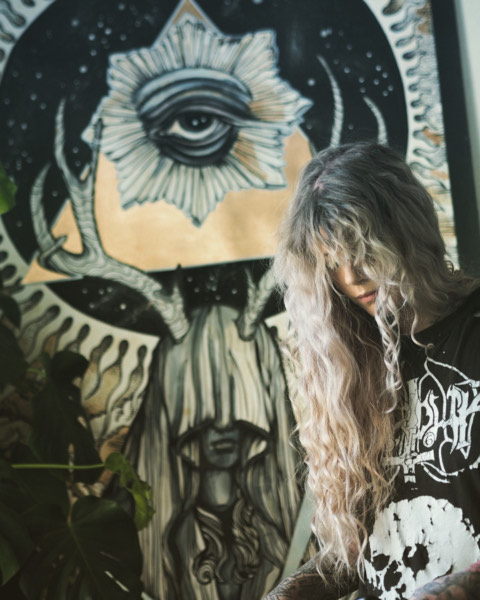
When we asked Trine about this interview, she asked if she could create some fan art to go with it and sent us the incredible design below – which completely blew our minds:
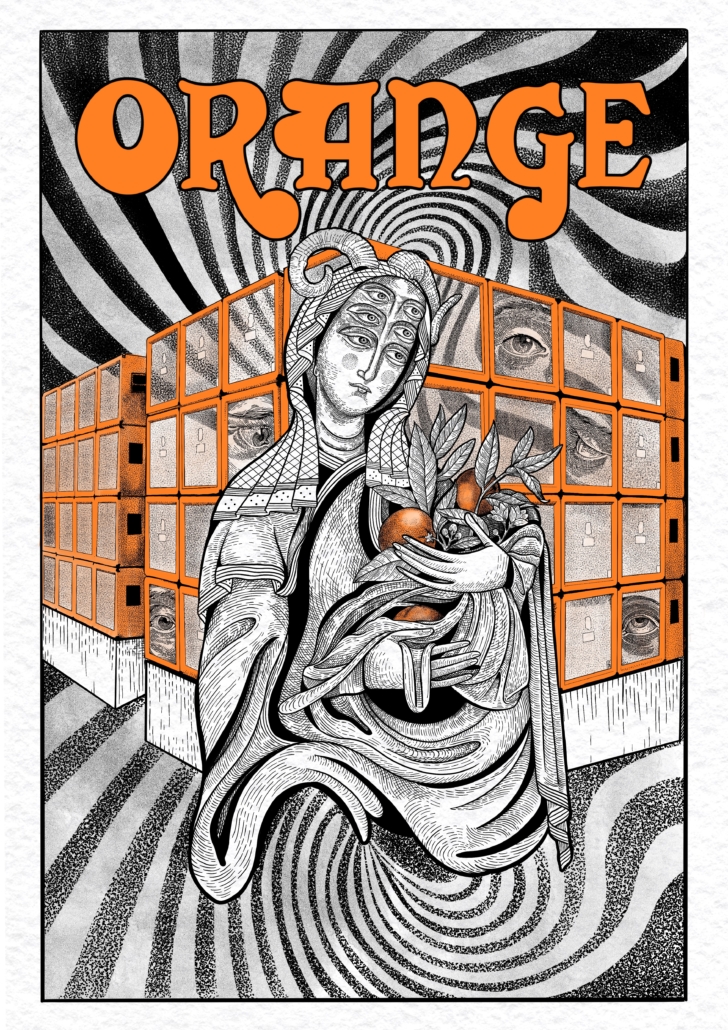
What’s the inspiration behind the incredible Orange drawing you did?
If you have been into heavy music for a while, nothing beats the classic sight of an orange amp. I had this joke with my friends that if we were seeing new bands, we knew they would be good if there was an Orange on stage. I took some inspiration from the classic logo because I really liked the story behind it. The orange tree as a branch, the Pan inspired horns. The rig of doom in the back is kinda how it looks to me when I think about it. Sometimes I just draw whatever comes to mind, it usually never makes sense, but most of the music and the art I like is inspired by the psychedelic area of the 60s and 70s. I guess that is what inspired this one.
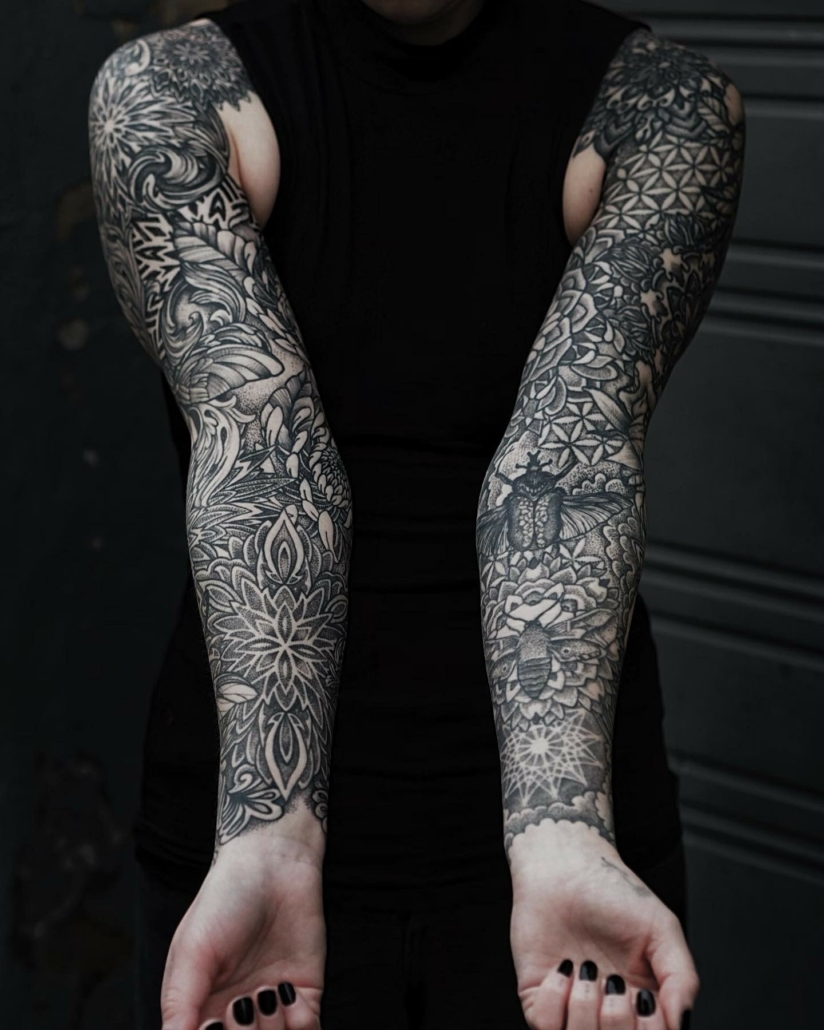
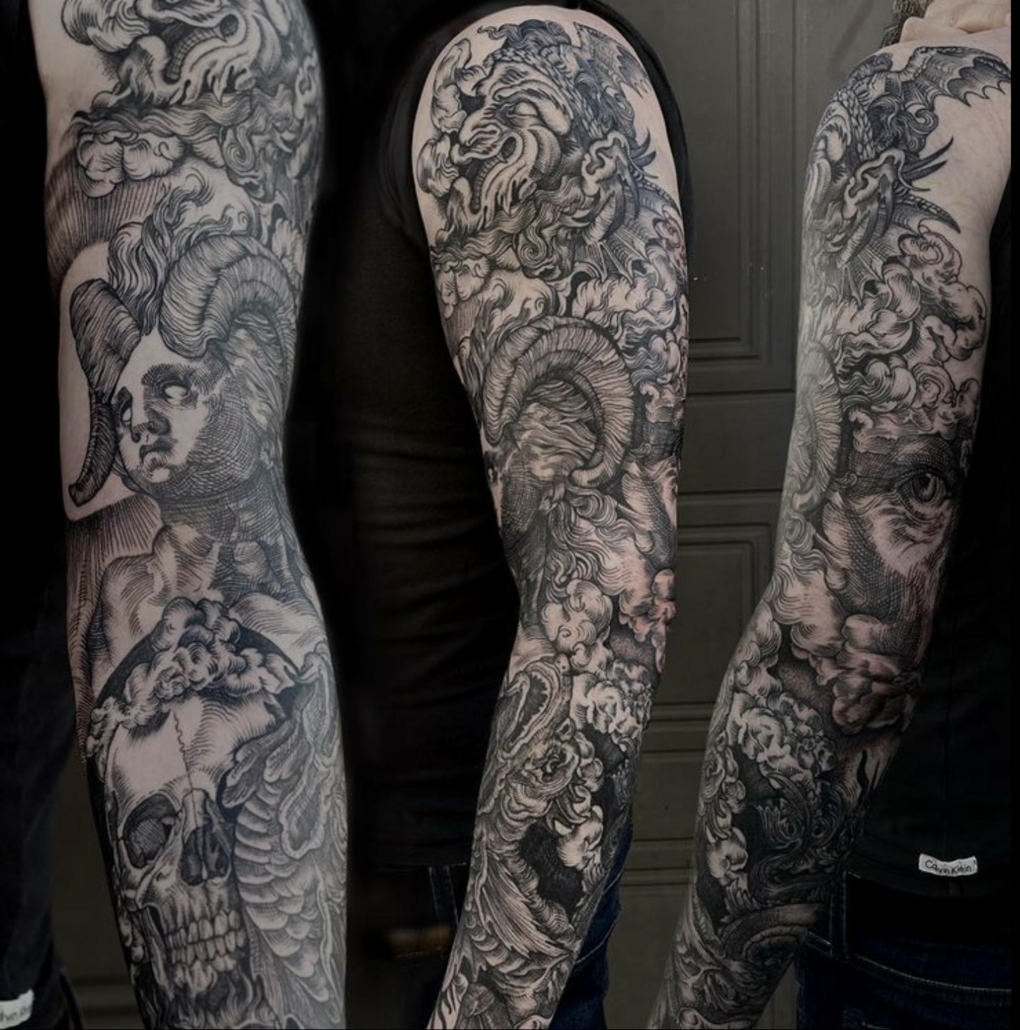
What’s been a career highlight so far?
That is a hard question. I meet so many amazing people because of my job. Meeting Lemmy and hanging out with him and talking tattoos is definitely one of the most fun memories, but if I have to mention one thing directly affecting me I guess selling one of my astronaut paintings to an engineer in NASA was a big highlight. I’ve always been a nerd when it comes to science, and wanted to become an astrophysicist when I was a kid. I guess at least I have some kind of connection to NASA now.
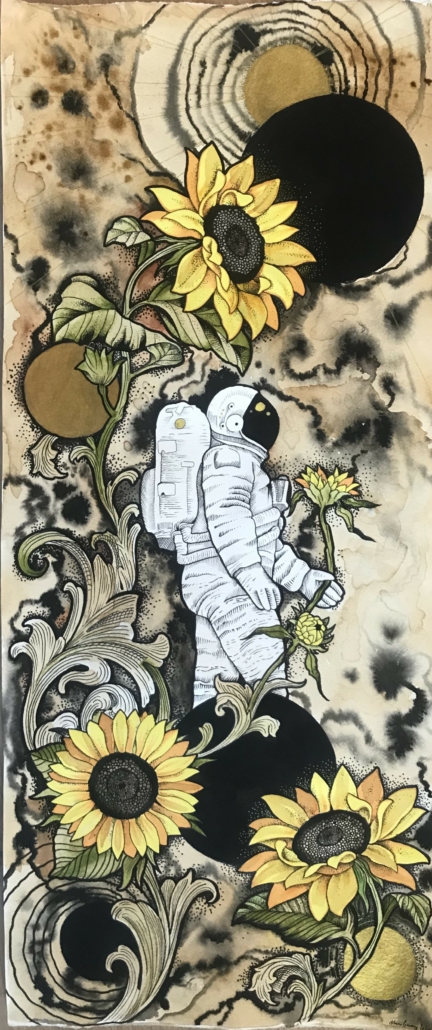
What would 2023 Trine say to 2013 Trine?
I had my first solo art show in 2013, I was so scared and had no idea what I was doing. I guess I would have told her that it will be easier, and in 10 years you will still love what you are doing. Because some days are hard and you wake up and have no idea why you chose a job you can never take a break from.
Which artist / song are you currently playing on repeat?
I’ve been really nostalgic lately so Pentagram (U.S.) is on repeat. But my playlist of only 60s and 70s are on loop at the studio everyday. Can never go wrong with the classics.
Orange Amplification is delighted to announce its re-entry into motorsports and its sponsorship of up and coming rally driver, James Williams, for the Motorsport UK British Rally 2023 Championship. In the 2022 championship, his debut season, James was placed third overall and first rookie.
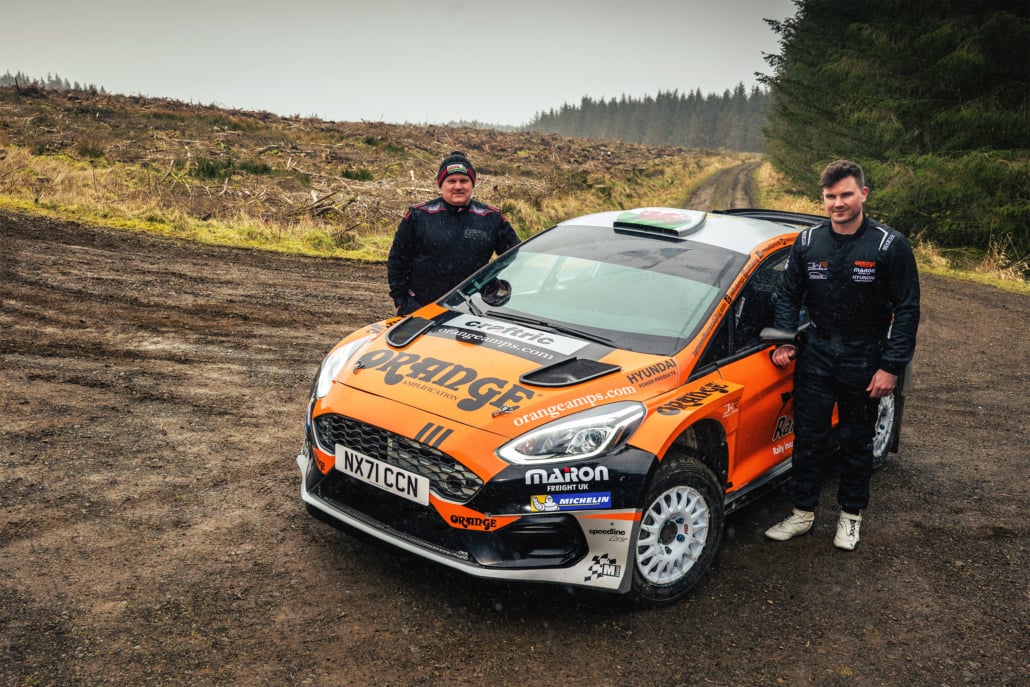
James is a young Welsh rally driver who has rapidly made a name for himself in British rallying. Whilst competing in the Junior Feeder series, he notched up three wins and six further podium appearances. Williams’ move to senior competition got off to a flying start in 2022 and he plans to be even more successful in the coming season in his new Ford Fiesta Rally2, prepared by NPL Motorsport in conjunction with MSPORT.
When Williams met Cliff Cooper, Orange Amps Founder and CEO, it became clear they shared a common ethos. Williams commented, ‘It is an absolute honour to be representing such an iconic brand and if one thing is for sure, the livery will definitely catch everyone’s attention in 2023.’

BBC DJ Johnnie Walker with Orange Stockcar and Orange Staff
‘Orange’s collaboration with cars started in 1969 when they produced their iconic Orange Buggies and then progressed to sponsoring the famous BBC DJ Johnnie Walker in an Orange stock car in the early 70’s. We are very excited to be working with James on his challenge in the 2023 Rally Championships’, commented Cliff Cooper.
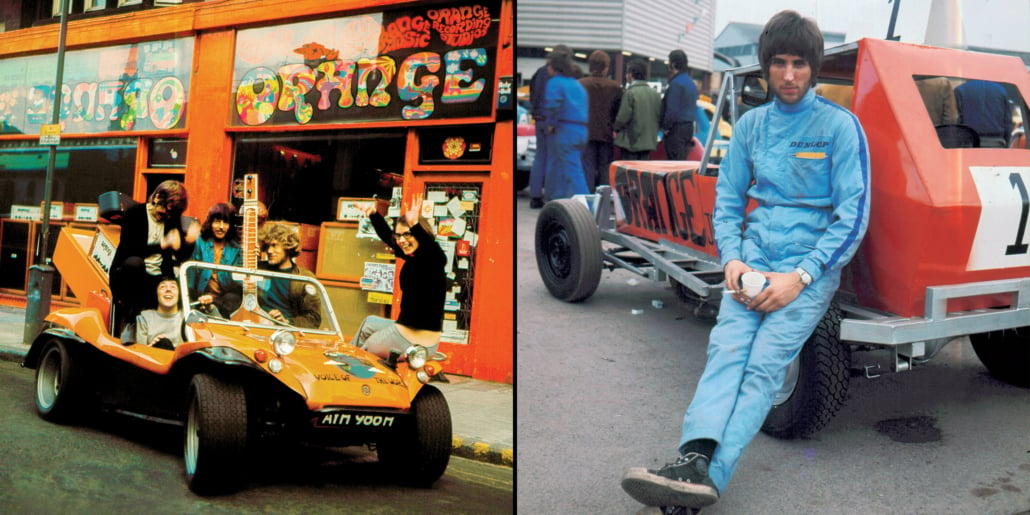
Spot the ‘Orange’ rally car and its driver throughout the 2023 Motorsport UK British Rally Championship Calendar:
Round 1 – Malcolm Wilson Rally – Cockermouth – 11 March
Round 2 – Beatson’s Building Supplies Jim Clark Rally – Duns – 26/27 May
Round 3 – Ardeca Ypres Rally – Ypres, Belgium – 23/24 June
Round 4 – Modern Tyres Ulster Rally – Newry – 18/19 August
Round 5 – Get Connected Rali Ceredigion – Aberystwyth – 2/3 September
Round 6 – Trackrod Rally Yorkshire – Filey – 22/23 September
Round 7 – Visit Conwy Cambrian Rally – Llandudno – 27/28 October
To find out more about the British Rally Championships and James Williams please visit britishrallychampionship.co.uk and facebook.com/jameswilliamsrally. To find out more about Orange Amps please go to orangeamps.com/.
To celebrate International Women’s Day and Women’s Month, we’ve spoken to a couple of female industry professionals to get their story on building a career in a predominantly male-dominated industry. First one up is music journalist and writer Liz Scarlett.
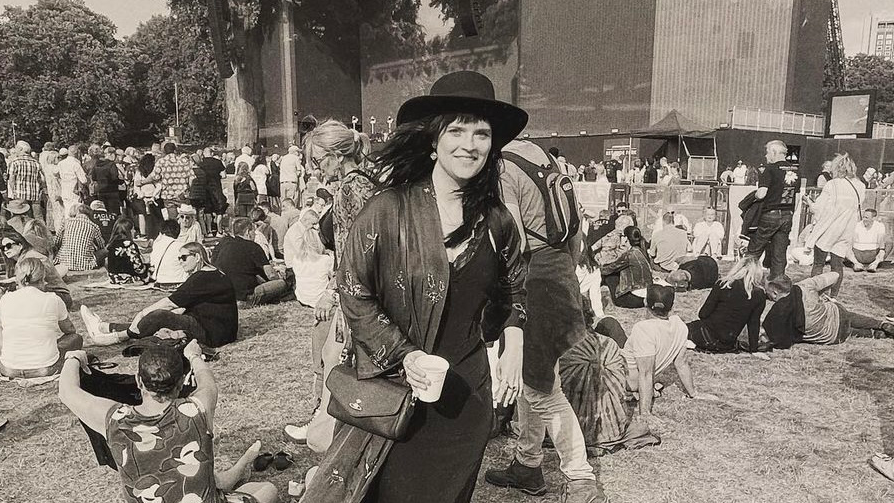
Name: Liz Scarlett.
Profession and place of work: Staff writer (music journalist) at Future Publishing with Louder, home of Classic Rock, Metal Hammer and Prog Magazine.
How long have you been in your current role? Just over two years.
What can you tell us about the journey that got you where you are today?
So I studied music journalism at university, the degree of which wasn’t actually my first choice. I didn’t know such courses existed – I was going to do English, simply because I found I was good at it and wasn’t sure what I wanted to study, but then during my university interview, I ended up speaking to the professor about my favourite bands the whole time and my love of journalism. They then told me there was such a course and hey presto, a couple years of education, and I graduated into a marketing assistant role at a music college, where I got to review student work, help out with a bunch of creative projects, all whilst running my own music blog.
Then, during the pandemic, Future Publishing were looking for trainee roles. I completely forgot that the company was home to Louder and the magazines I grew up on, so I applied to it on a whim, as I was made redundant from my previous job. After going through the interview process I realised that I accidentally applied for my dream role, working for Metal Hammer and Classic Rock, which is kinda spooky…and seriously crazy. Manifestation and all that! After studying for an NCTJ diploma with Future to help out with my role as Trainee News Writer, (and slogging through many hours of media law study), I got to stay on working for Louder as a full time staff writer. Although I’m still mostly on news duties, I also do features and interviews, for online and print.
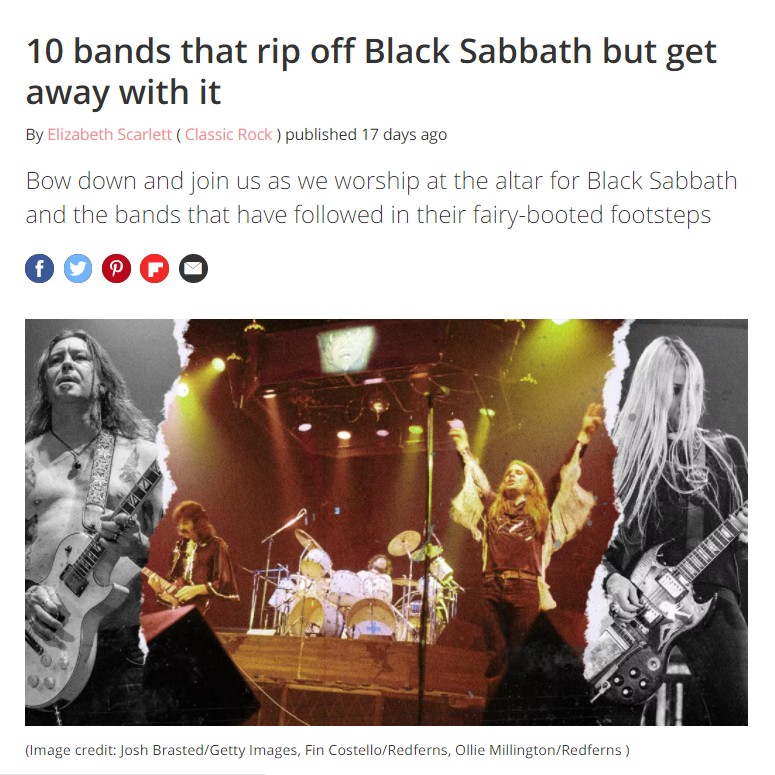
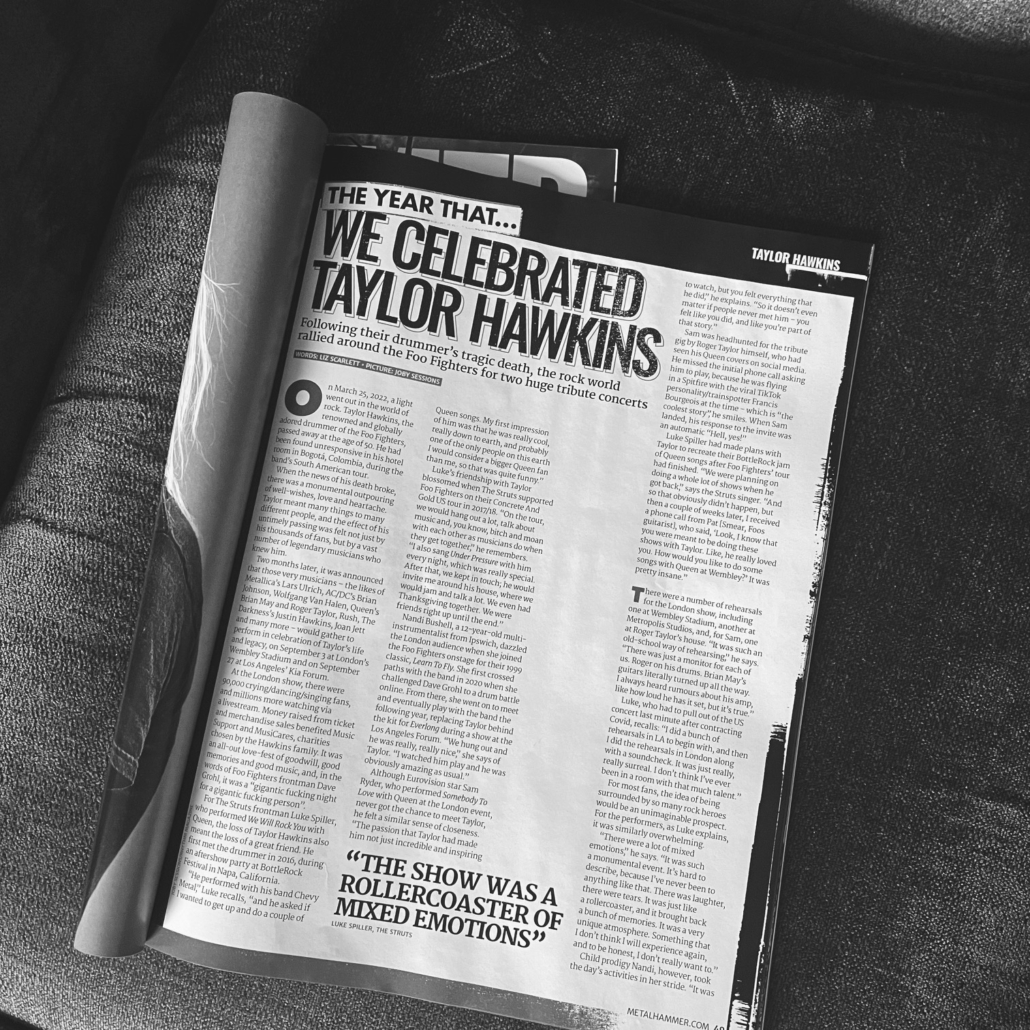
Being a female in a very male dominated industry, have you ever faced any challenges / experienced harassment / felt the need to work harder to prove yourself / etc, basically any issues based on being female? How did you experience the industry when you first started?
At my current job, not at all. My team is really mindful of these issues and are mega supportive. At previous places of work however (naming no names), very
much so. I found that male colleagues really were intimidated by you if you shared similar skills. I was patronised and insulted ALOT, and felt like I was in a
competition I simply did not want to be in, all for being a woman. Things got pretty bad at times, and I found myself not wanting to come into work. It was all
the more irritating seeing how overwhelmingly respectful they were to other colleagues, only if they were male. This has happened on multiple occasions.
As for where I am now, I feel incredibly supported, although I find that I’m perhaps not as confident in my work as males in the industry. Plus, imposter
syndrome is always looming. I’m also not always confident in my ideas, which is something I need to change. I think it’s part of growing up as a woman though,
when other ideas (proposed by men) have usually always been taken more seriously than yours. Did your love for music and writing always go hand in hand?
It didn’t, actually. I grew up playing the bass guitar, so for me, music was always about the instrumental side. Even when listening to songs my brain would
naturally focus on the riff, rather than the lyrics or any other component. I think the writing side came when I realised how much I loved talking about music and
analysing it, and then discovering how much I loved reading autobiographies, and learning about the lives of the musicians who have inspired me. In recent
years, my love of music has encompassed more parts than just writing too, such as my obsession with art and design. Music finds its way in about every part of my
life.
When it comes to music journalism, was there anyone in particular that inspired
your writing? (Feel free to recommend books, authors, journalists etc)
When it comes to things like this my mind always goes blank, however music documentaries were always a big inspiration. Some of my favourites are Super
Duper Alice Cooper (the whole visual design of it is also to die for), as well as Such Hawks, Such Hounds, which explores the underground American hard rock scene
from the 70s until the late 2000s. It also looks at psychedelic artwork and album covers. Recently, Brett Morgen’s Moonage Daydream blew my mind. It was very much
like the ultimate union of art and visual music journalism, with a soundtrack that felt almost overwhelming. There’s probably plenty more, but those are definitely a
few of my favourites. As for books, Zoë Howe, the author of Stevie Nicks: Visions, Dreams and Rumours, was a great inspiration. On top of being a totally cool lady,
and self-professed rock’n’roll witch, Howe has a wonderful writing style that’s really descriptive, powerful, and just a pleasure to read. In any of her books, you
can instantly hear that it’s her voice, and that’s the sort of writer I admire. The type where you can recognise it’s their work straight away.
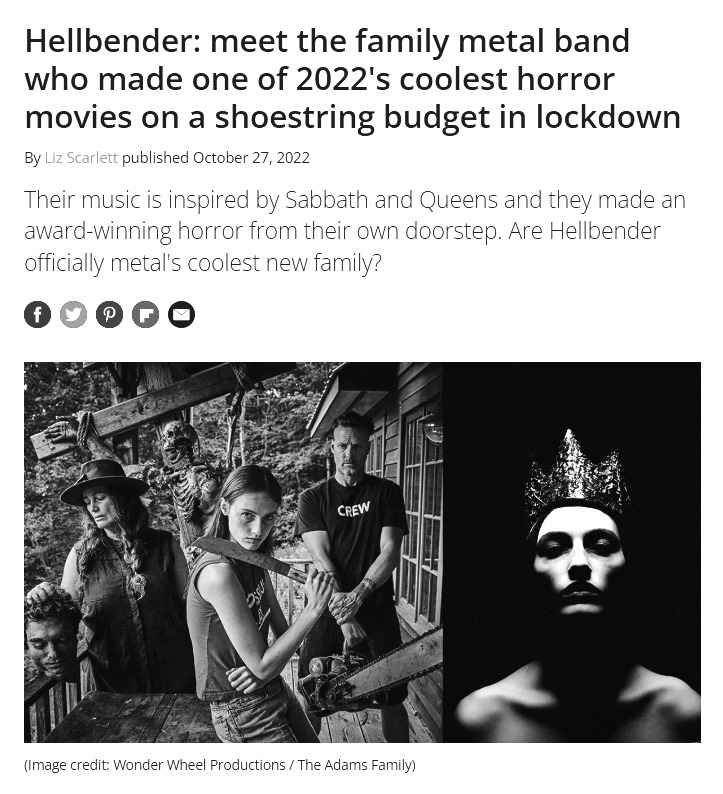
What’s been a career highlight so far?
Really, just getting to spend each day doing what I love and being creative. Although…meeting Tony Iommi was pretty cool too haahaha.
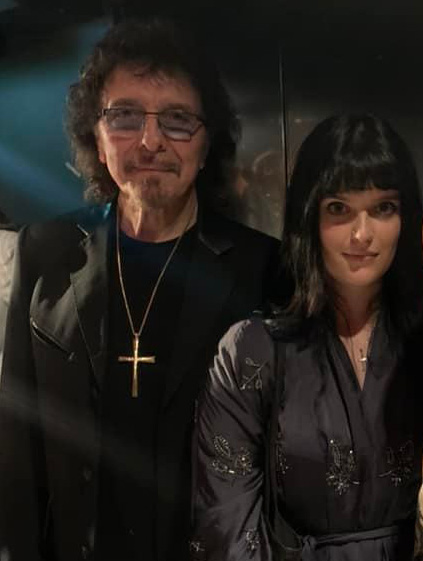
What would 2023 Liz say to 2013 Liz?
Keep going, things do get better, don’t be afraid to aim high and if boys seem weird, it’s because we live in a patriarchy and everything is fucked – they’re not
better than you. Also see Fleetwood Mac in concert because one day some of the members won’t be here and it’ll be too late. (It is now too late).
Which artist / song are you currently playing on repeat?
I currently can’t get enough of Sleep Token. If you’re not totally sure of the frontman’s vocals (they do sound a bit James Arthur-ey), see them in concert, it’ll
convert you. They’re totally ripping up the rule-book of modern metalcore, and the riffs will knock you to the floor. Plus, they look creepy, which is always good.
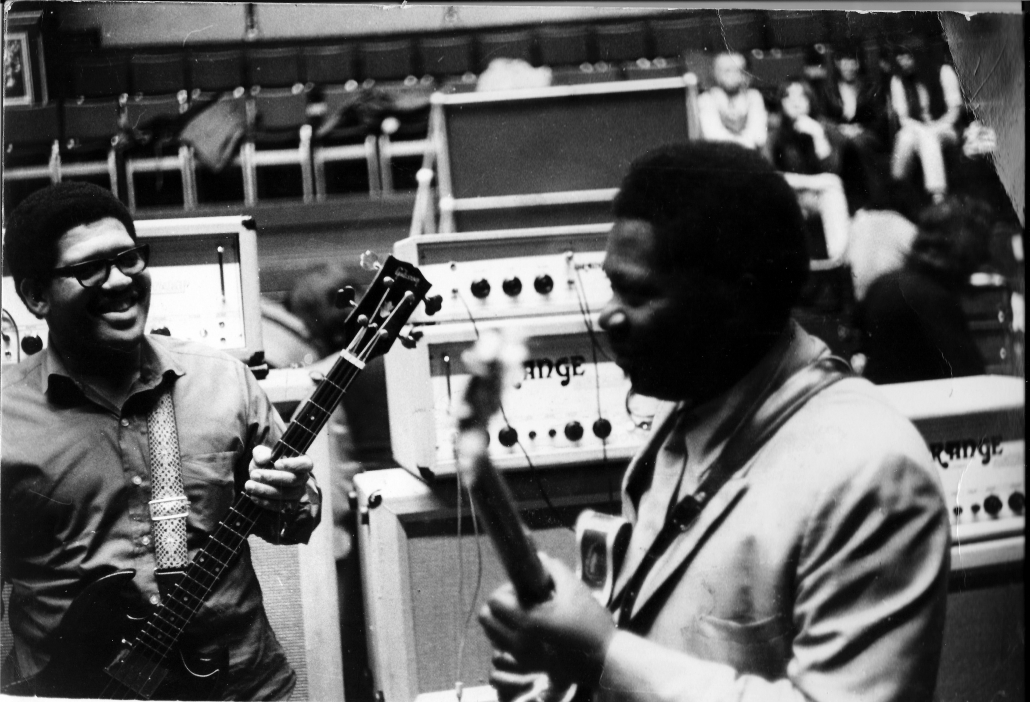
In honour of Black History Month, let’s take a moment to remember where guitar music as we know it today came from, the origins of rock, and the early days of blues. Although the industry is changing and becoming more inclusive, mainstream guitar music is very much dominated by white males. But where would rock ‘n’ roll be in 2023 if it weren’t for the Black artists that paved the way? It’s vital to acknowledge not just the important but crucial role their heritage and legacy played in influencing such a wide variety of genres and sounds.
Lemmy cited Little Richard as the king, which means the road from “Tutti Frutti” to “Motörhead” is surprisingly short. The 1960s were the heyday of British blues, celebrating artists such as Peter Green, Eric Clapton, Free with Paul Kossoff and The Rolling Stones. All were incredible artists worthy of recognition for their work and contributions to music, even decades later, and also artists who owe everything to Black musicians and the early days of the Delta blues. Let’s face it: people singing the blues were feeling pretty blue, sometimes because their baby left them, but also because the artist and their community were oppressed and had to face prejudice, discrimination and racism on a daily basis.
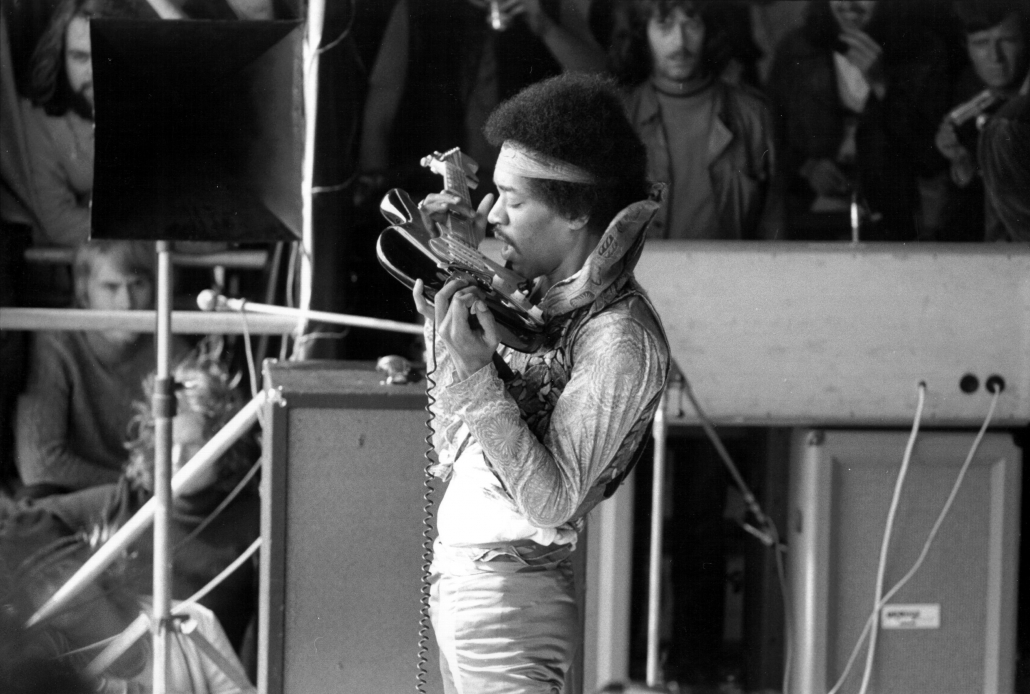
White people embracing Black music was a step in the right direction, as it allowed people to enjoy something simply for what it was, not based on who was doing it. That was a special moment, and a nod to the power and beauty of music in creating a community and building bridges. However, that doesn’t change the fact that ultimately, the blues, which led to rock ‘n’ roll, were created by oppressed people, who, despite everything, managed to find inspiration in the little things of everyday life, and the courage to share their art with the world.
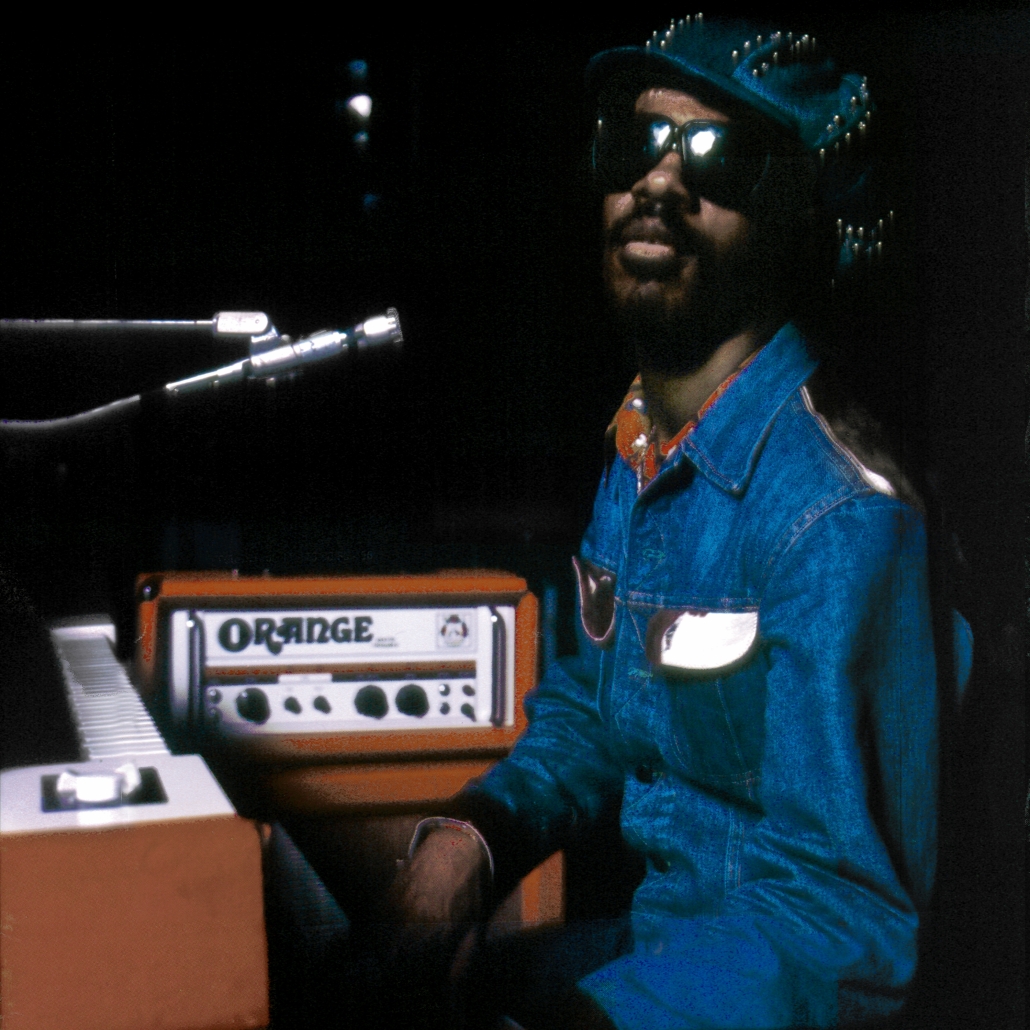
So let’s take a moment to remember where it all came from. If you’re not familiar with the early days of American blues, take a deep dive into the archives and let yourself be amazed. This one’s for Elmore James, Son House and Robert Johnson. For Ma Rainey, Memphis Minnie and Bessie Smith. For everyone that came later, Little Richard, B.B. King, The Supremes and Jimi Hendrix. Stevie Wonder, Betty Davis, 2Pac and Tom Morello.
Rock, and music as we know it today, would be nothing without the Black artists who paved the way.
We sent Earthless and Black Crowes guitarist Isaiah Mitchell all of our newly released Vintage Orange pedals to see how he got along with them. The result? Find out for yourself in the below video, where you’ll see them make their way from box to board before they are demonstrated both individually and together. Enjoy!
For more information on our Vintage Pedals, visit their product pages: Phaser // Distortion // Sustain.
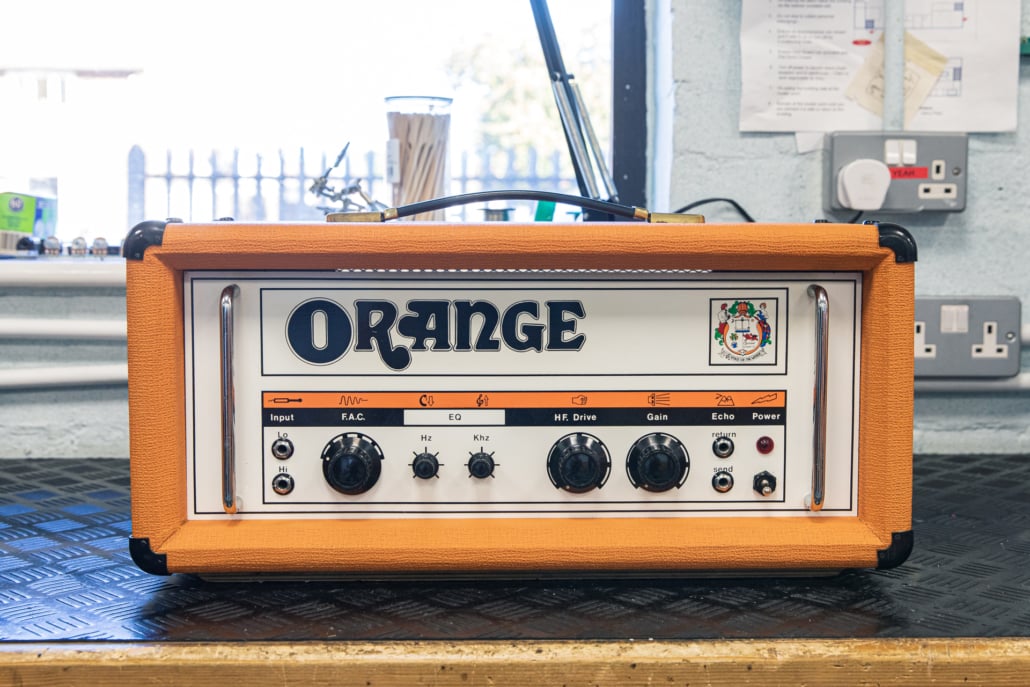
Over the past month, we’ve been taking care of an original Orange OR120 head from 1974 that was sent in by its owner for a tune-up before being passed down to their son. In the previous entries, we’ve had a look at the unit’s history and legacy, as well as how we’ve fixed it up for use in the modern age. Now, it’s time for the ultimate proof of the pudding — plugging in a guitar. All guitar sound samples in this post were recorded on a PJD Carey guitar with a single-coil pickup at the neck and humbucker pickup at the bridge.
NO PRISONERS
The first thing to say about this amp is that it’s LOUD. Like, incredibly loud — louder than any modern Orange amp by quite some margin, to the extent that it is perhaps even less of a mystery now why so many 1960s and 70s rockers are suffering hearing loss in their dotage. We ran it through an Orange PPC412 speaker cabinet at about one-third volume in a space about the size of an average rehearsal room, and it was already dishing out instant bouts of tinnitus, and demanding ear defenders all round. Given that the amp’s sockets allow for the connection of two speaker cabinets, too, the potential of this beast is massive.
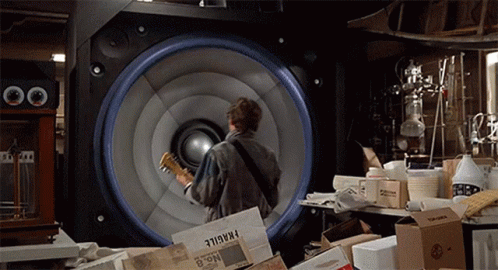
That sheer muscle is perhaps an indication of the era in which the amp was designed and built, before the age of complex, high-powered PA systems in the early 80s but shortly after the arrival of stadium rock and the outdoor music festivals of the early 70s (the original Woodstock was August 1969 and the first Glastonbury June 1970, for example). During that time, bands were largely expected to bring their own noise, and not to expect much in the way of a boost from a PA system. And with that in mind, the OR120 rigged up to a couple of 4×12 speaker cabinets would have no problem in filling huge spaces.
What’s more, with stage monitoring technology still very primitive back in the early 1970s, there was an expectation that you needed to be able to hear your playing directly from your amp on stage, even if it was 50 feet away and there was a rhythm section smashing away in between you and it. The OR120’s power could deliver all that with confidence, and was clearly designed specifically for that.
How the amp achieves this volume is mainly down to the huge 500 V voltage in its circuit, which is far greater than modern amps and will offer miles more clean headroom. Four power valves and a simple pre-amp circuit that doesn’t subtract too much gain from the signal also helps. There are also fewer tone stacks in the OR120 than a lot of its successors in the Orange range, which would account for less gain loss through the signal chain.
The amp’s tone is also an interesting indicator of its age. With all dials set to the middle, it’s remarkably clean and chiming, with plenty of heft and three-dimensionality, if not quite the character of Orange amps of the new millennium.
TONE-SHAPING
However, the unusual F.A.C. control, a six-point notched dial that subtracts increasing amounts of low end from the tone, has a huge impact in shaping the tone, making the sound increasingly brittle and bright as it’s introduced. At its farthest extreme, this sounds piercingly trebly to modern ears, but revisiting the records of the second half of the 60s and early 70s by the likes of the Beatles and the Byrds, for example, reveal this to be the sound of contemporary guitar music, suggesting Orange to be on the cutting edge, as ever.
When the F.A.C. is combined with higher gain and into overdrive territory, however, it adds a definition to the tone that counterbalances the slightly muddiness of the basic overdriven sound, and proves to be an invaluable component of the amp’s tone-shaping toolbox.
The two-band EQ is also surprisingly powerful, with the range of both knobs allowing considerable variety to the shape of the sound and consequent versatility, presumably another feature included with the idea of helping the guitarist onstage with a noisy band around him. Similarly, the HF. Gain knob has slightly more subtle control, moulding the mid–high tones in much the same way as a modern-day presence control would, but its interaction with the gain knob is still well incorporated.
OVERDRIVE
Another interesting sign of the times, tonally, comes in the form of the OR120’s only modest overdrive capabilities: the amp’s noticeably clean chime only starts to break up as the gain is pushed up beyond about three-quarters, and there’s a lot of “edge-of-breakup” territory where the tone’s fuzz is largely dictated by the player’s technique. Furthermore, the absence of a master volume knob means that you have to be playing through the amp at an exceptionally loud volume before any semblance of break-up or overdrive emerges. Even at full gain, though, it’s a long way from the fully saturated tube screamers of the 1990s and beyond, and retains more of a British punk/Sex Pistols sound, with grit and ferocity, but also quite crisp (although whether the likes of the Steve Jones, who famously stole his early instruments, ever got his mitts on an OR120, is a moot point).
This marks the OR120 as an interesting artefact of rock music history: even in 1974, when this amp was made, three years after Led Zep IV and Paranoid had ushered in the dawn of heavy metal and huge-sounding rock music, guitar tones remained fairly polite, and the appetite for extreme howling overdrive was still clearly in its early infancy. Understanding that somewhat recontextualises those classic albums as real sonic boundary-pushers, and also serves as a reminder that the bloom from crunch into thrash and total saturation would take another few years — and perhaps the introduction of a master volume control. And we’ll have to wait for another Orange relic to arrive on the bench before we dig into that.
